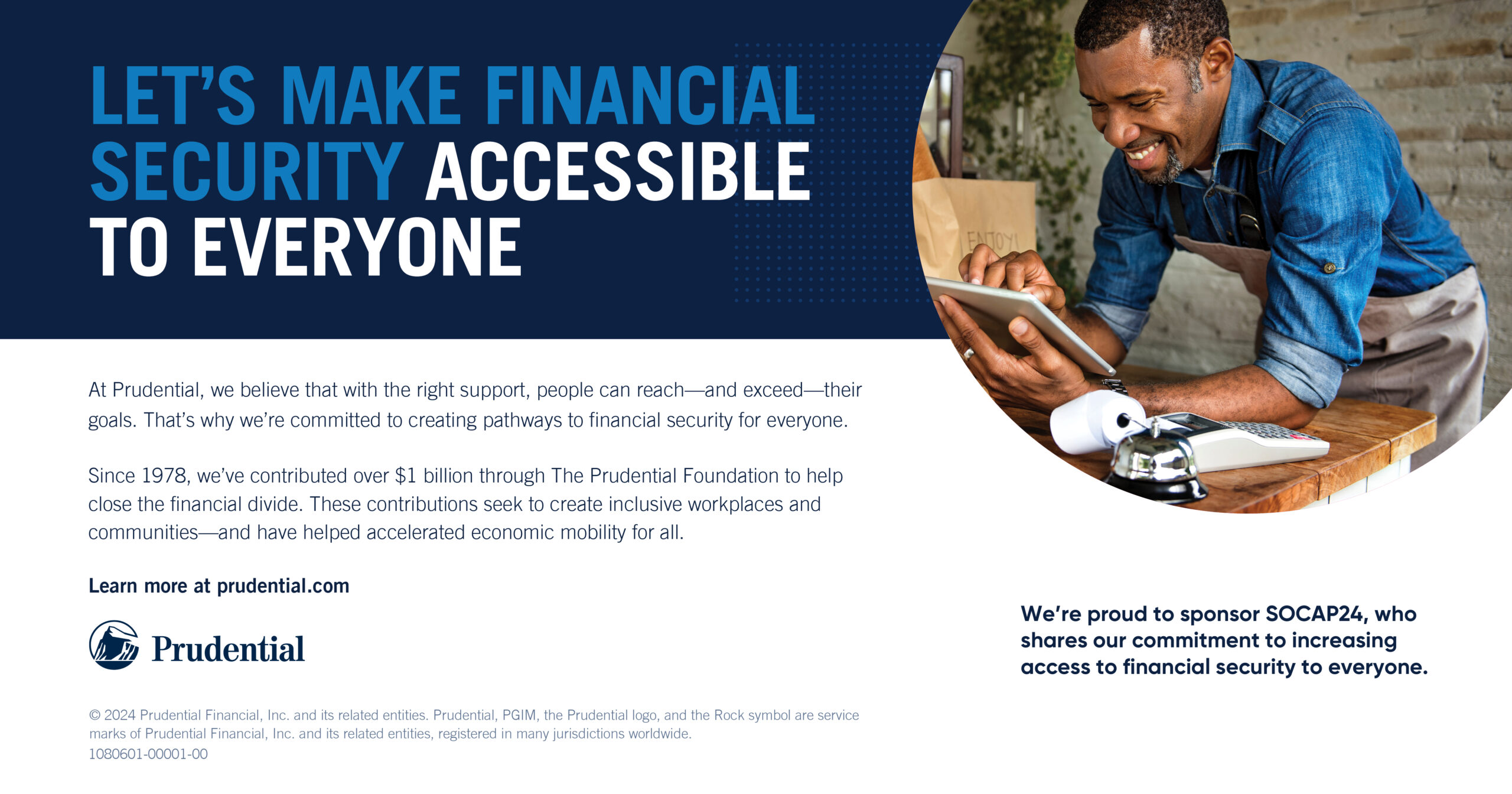Question:
Many students are choosing to take a gap year or defer university enrollment due to COVID-19. What impact will that have on gender equity if the number of female degree earners drops?
Answer:
We are still navigating a field of unknowns when it comes to COVID’s impact on higher education enrollment. However, here’s what we do know. We know that educational attainment drives gender equity and gender equity drives economic growth.
It shakes out like this:
Step 1: Educational attainment. You earn a degree (or several) and increase your educational attainment rate.
Step 2: Labor force participation. Your degree(s) make(s) you more likely to find employment and enter the workforce.
Step 3: Wages. The higher your educational attainment rate, the more valuable you are in the labor market. As a result, your wages increase.
Here’s the corresponding data:
Step 1: Educational attainment. U.S. educational attainment rates have been on the rise. Since 1996, the share of the labor force with bachelor’s degrees and advanced degrees has risen by seven and five percentage points, respectively.
Step 2: Labor force participation. In 2016, the labor force participation rate for individuals with a professional degree was 77.5%, whereas the rate for individuals with less than a high school diploma was 45.7%. Moreover, individuals with less than a high school diploma had the highest rate of unemployment (7.4%).
Step 3: Wages. In 2016, individuals with less than a high school diploma had median weekly earnings of $504, compared to individuals with a bachelor’s degree or master’s degree who had median weekly earnings of $1,156 and $1,380, respectively.
And now, let’s apply the intersectional gender lens:
Step 1: Educational attainment. In 2015, women reached a milestone when they became the most educated cohort in the US, earning 57% of all bachelor’s degrees and above. In particular, Black women have been outpacing white women, Latinas, Asian/Pacific Islanders, and Native Americans as a share of female postsecondary degree earners and represent over half of all Black postsecondary degree earners.
Step 2: Labor force participation. Women reached another milestone in 2019 when they became the majority of the college-educated labor force (29.5 million women vs 29.3 million men). And just a year prior to this milestone, Black women made up the majority (53%) of the entire Black labor force.
Step 3: Wages. Despite these gains, the intersectional gender wage gap still exists and actually widens as educational attainment rates rise. Women with bachelor’s degrees earn 71.4% of what men with bachelor’s degrees earn, and women with graduate degrees earn 69.1% of what men with graduate degrees earn. Worse, Black women have to earn a bachelor’s degree to make approximately the same amount of money ($46,694) as white men with only a high school diploma make ($46,729).
So, back to the unknown:
What will happen if the number of female degree earners drops as a result of COVID-19?
More than a fifth (22%) of US college students will not attend college in the fall due to COVID-19. And while we don’t know the demographic breakdown of these students—nor do we know their reasons not to enroll, we do know that a “gap year” means different things for different people. For low-income and first-generation students, COVID-19 could become yet another barrier to attaining a college education.
“What we worry about is a lot of students taking delivery jobs, grocery store jobs because their parents depend on them for income. That’s not a gap year. That’s just not going to college.” —Nicole Hurd, founder of College Advising Corps
Decreased educational attainment (among all cohorts and especially low-income students) leads to greater levels of inequity.
Going forward, we need to keep our eyes on the data to ensure our country has equitable rates of education enrollment and degree attainment. This, in turn, will fuel economic growth for our country and create a more inclusive, equitable economy.
This article was originally published here.
Interested in having these Q&A roundups delivered directly to you? Join the Brave Souls® community (all you need is an email address).







